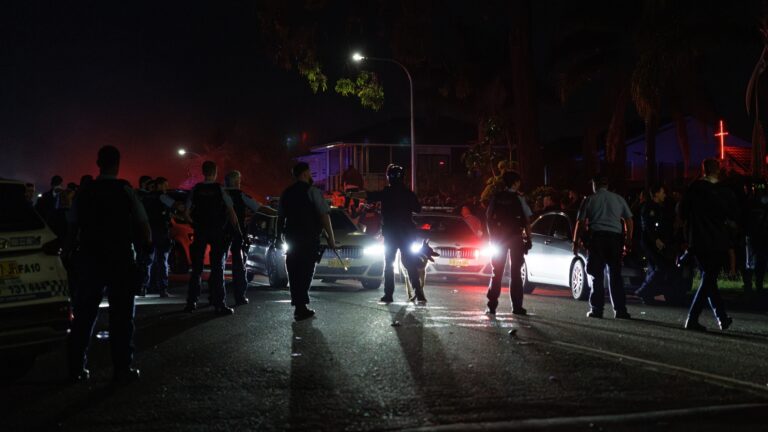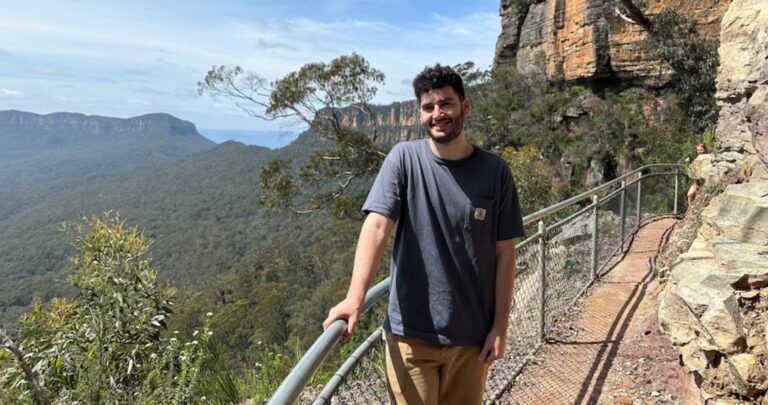
Monitoring an airy issue

BY: GABRIELA SZYMANOWSKA
Rozelle’s only permanent air quality monitoring station has been closed down for almost two months due to trees growing too close to the station.
The Rozelle air quality monitoring station was closed on February 14 for four to six weeks for upgrades, yet it is still closed mid-April.
“This is necessary to complete the upgrade works required to bring the Rozelle site up to current specifications,” a spokesperson for the Office of Environment and Heritage (OEH) said.
The monitoring station, one of the oldest commissioned, needed an upgrade after trees were discovered growing less than 20 metres away. As a result the station fails to meet the National Standard of a clear “sky angle” of 120 degrees, which is required to ensure accurate readings of air quality.
Air quality monitoring stations are meant to record accurate and up-to-date information about air quality, continuously measuring particulate matter (PM10, PM2.5), carbon monoxide (CO), ozone (O3), sulphur dioxide (SO2), nitrogen dioxide (NO2) and visibility. This information is then published on the OEH website.
Built in 1978, the Rozelle monitoring station is located on the grounds of Rozelle Hospital and is responsible for monitoring Sydney’s east region, but has not met national standards set by the National Environment Protection Council since 2016, according to the internal report.
Upon further analysis of where the stations are placed, the air quality monitoring stations may not be accurately displaying the right data.
A map presented on the OEH website showing the air quality monitoring systems locations places many of the sites in either parks or semi-rural areas instead of close to heavy traffic areas.
Locating the stations near trees can give false readings as the vegetation absorbs a portion of the pollution before it reaches the monitor.
Trees absorb an estimated 24 kilograms of carbon dioxide per year, causing a reduction of street particles of up to 60 per cent.
“Generally, they are not directly under trees or things like that, so they’re not impacted by structures or those sort of things, but often it’s a case of locations can be put where it’s the most accessible or only place they can put a location,” Gary Hall, manager, Air Noise Monitoring said.
Air Noise Environment is a specialist scientific and engineering consultancy with key expertise in the fields of air quality and acoustics which offers a range of expertise in monitoring, assessment and development of control solutions.
Hall added that “there are different Australian standards for different aspects of monitoring.”
.
There is an Australian standard for the location and siting of the air monitoring station and one for the types of equipment used to measure particulates and gases.
The OEH spokesperson also explained how each of the 17 stations are placed according to the rules set by the National Environmental Measure for Ambient Air Quality.
“OEH adheres to the requirements of the National Environmental Measure for Ambient Air Quality (Air NEP) and decisions on the location of monitoring sites is based on a number of factors including securing long tenure, good access, secure electricity supplies and safety considerations,” the spokesperson for the NSW Office of Environment and Heritage said.
Rozelle air monitoring station is not alone in failing the Australian Standard for a clear view of the sky. The Chullora and Earlwood air quality monitoring sites also fail to comply with the 120-degree sky angle that is needed to get a good reading for air quality.
The Rozelle air quality monitoring station is set to be reopened at the end of April, 2018.









